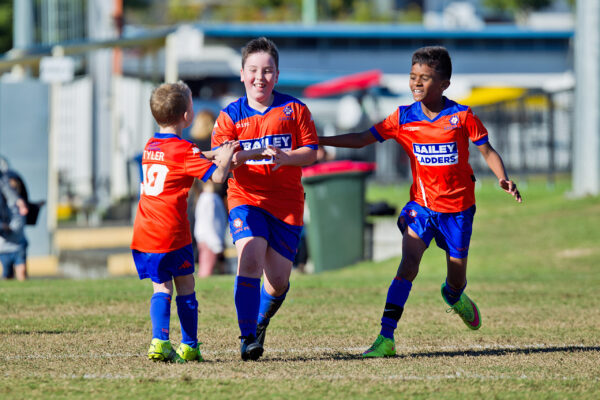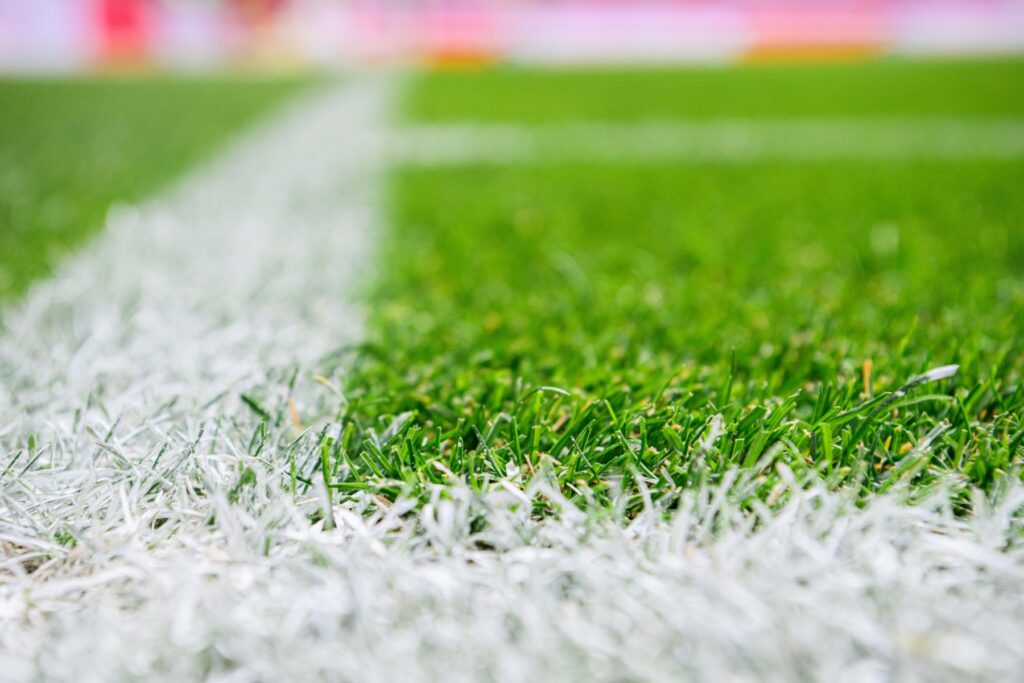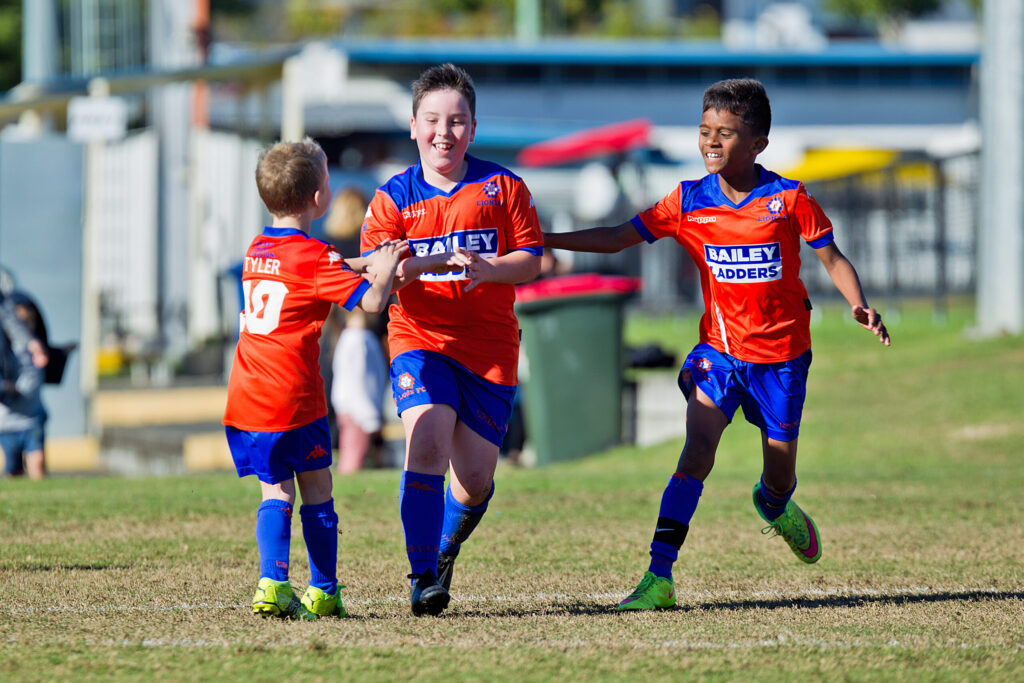
Swedish sports rights agency Spring Media has teamed up with UK-based Red Bee Media to launch the world’s first global over-the-top (OTT) streaming service for women’s football.
The service will be called ‘Wnited’, with plans to launch the platform in the first quarter of 2020.
At this stage no rights deals have been formally announced, however two top tier leagues have signed up with the service. Other leagues across Europe, Asia and the Americas are likely to be confirmed before the service is launched. National team matches are also scheduled to be on the platform.
Could this include our W-League and Matildas? Time will tell.
Consumers will have the option to either sign up to the service for free but endure advertising, or pay a subscription fee to go ad-free.
Over 300 live games will be shown on the platform, as well as a variety of on demand content including documentaries and highlights.
Chief executive of Spring Media, Tobias Osmund claimed: “Women’s football has reached a turning point when it comes to both viewership and media interest and we believe we’re just at the beginning of a steep growth curve.
“We are now launching a streaming service with access to some of the world’s best women’s football content and with the Red Bee OTT platform we are sure to deliver the highest quality viewing experience to football fans as they visit the new home of women’s football.”
Chief executive of Red Bee, Steve Nylund added: “This is a perfect example of how our managed OTT services can and should be used, reaching global audiences with high quality ultra-low latency live feeds and on-demand content, creating the best possible viewing experiences on any device.”
The news comes days after FIFA announced that this year’s Women’s World Cup was viewed by a record 1.12 billion people across various platforms.



















